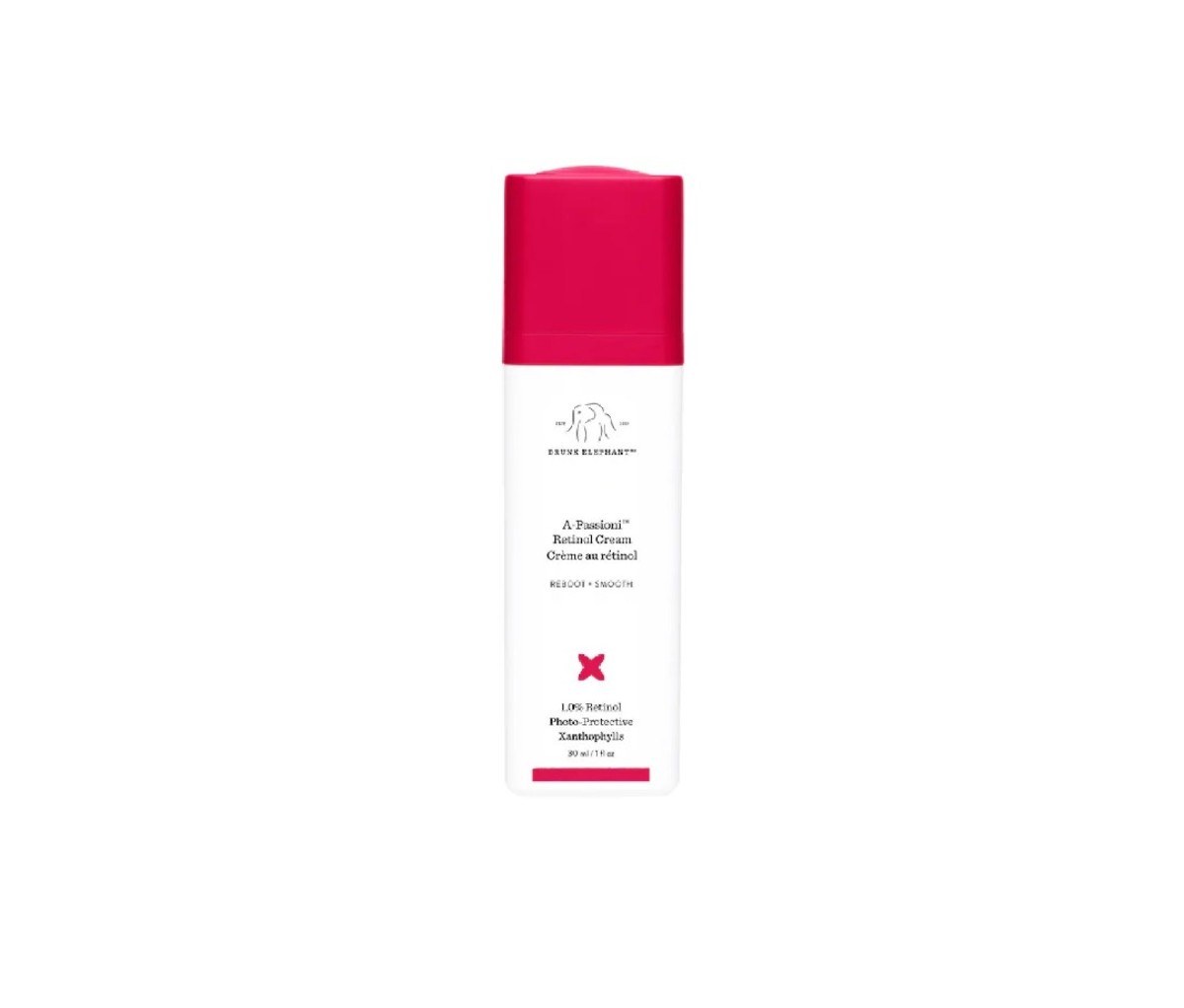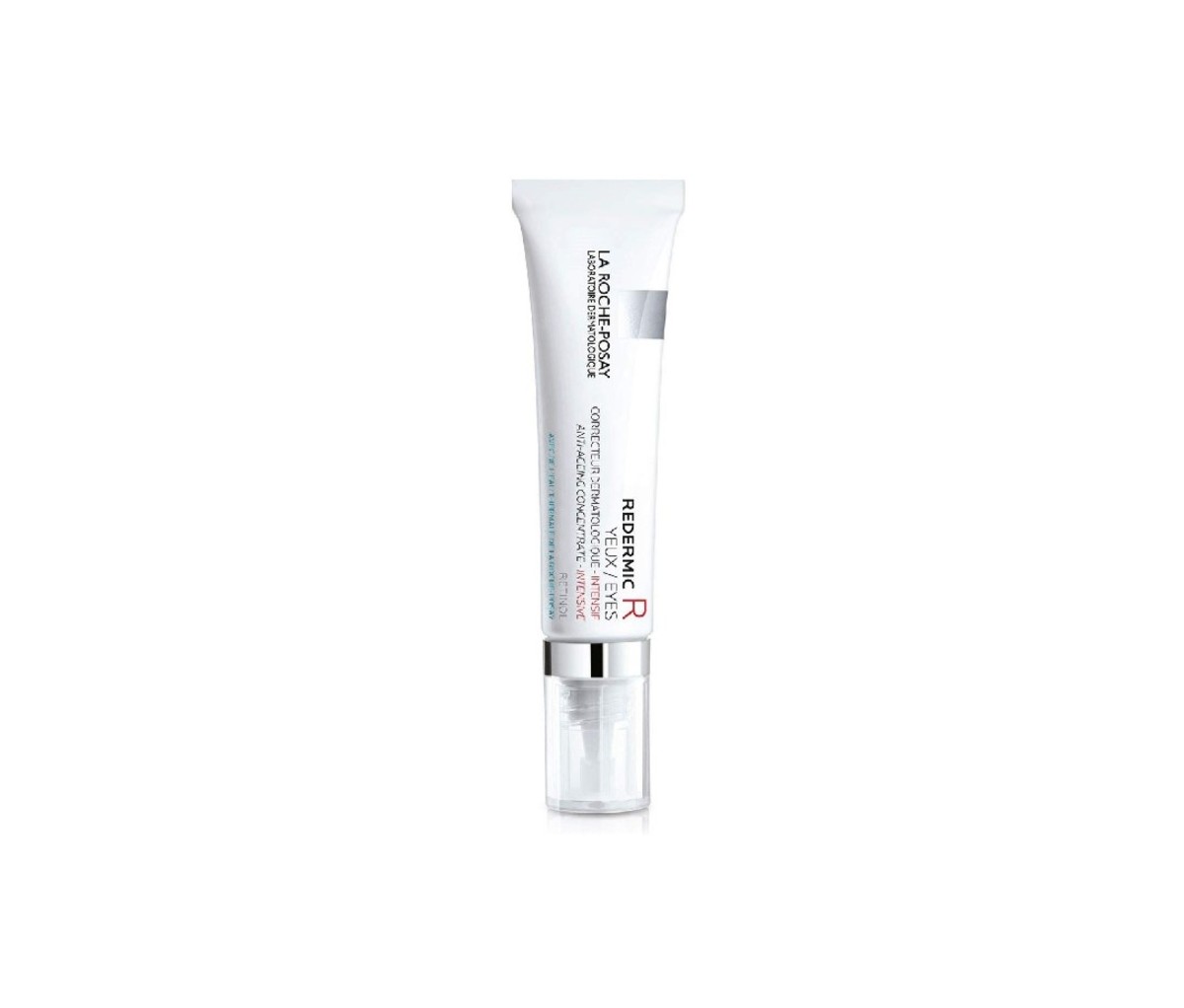Improve Your Skincare Regimen With Retinol
I wish everyone would use retinol. And I’m sure your dermatologist agrees with me on this one. That’s because retinol is the agreed-upon favorite skincare ingredient when it comes to reversing signs of aging, preventing further signs, and even mitigating acne and hyperpigmentation. It’s not an exaggeration to call it a miracle ingredient, and the best news of all is that it’s extremely easy to come by.
Retinol is found in numerous over-the-counter (OTC) products, but is also frequently subscribed in higher, more directly impactful doses by your board-certified dermo. However, while I wholly endorse incorporating it into your nightly regimen, I don’t advise doing so without the prior consult of your dermatologist—because retinol can also make the skin extremely sensitive to sunlight, and prone to peeling, if used improperly or in excess.
Still, there is a lot you can study up on about retinol prior to that conversation with your doctor (who will also advise on which method—OTC or Rx—is best for your specific needs).
And speaking of dermos, we got one of the hands-down best in the world, Dr. Heather Rogers, founder of her own skincare brand, Doctor Rogers RESTORE (and known retinol expert/enthusiast) to wax poetic on the ingredient. Here is everything she thought you oughta know.
The Benefits of Retinol
Where to begin? Retinol is an easy sell because of its numerous benefits for your complexion. This is why most dermatologists readily prescribe it or recommend an OTC product for any patient with skin-firming or complexion-clearing goals.
1. Prevents Wrinkling:
Rogers cites many ways that retinol can prevent the formation of wrinkles (in addition to reversing their presence, as outlined below). For one, retinol improves collagen synthesis in the skin, to keep it firm, while also decreasing the degradation of existing collagen. Then it even inhibits what are called skin metalloproteinases, “which are induced by UV radiation and can further skin degradation,” she says.
2. Improves Skin Textures:
Basically, retinol fortifies your skin’s barrier functions (its defenses against skin-aging toxins and pollutants, as well as its ability to absorb and retain moisture). This leads to firmer, smoother skin—and fewer rough patches, wrinkles, fine lines, and the likes.
3. Improves Skin Discoloration:
By expediting the turnover of your outermost skin cell layer, retinol encourages faster disappearance of dark spots and blemishes, while also preventing hyperpigmentation like melasma and age spots.
4. Prevents Acne Formation:
Rogers says that retinol “promotes comedolysis,” which is to say, it prevents the formation of comedones, better known as acne causes by the trapping of oil and skin cells inside a pore.
5. Reduces Inflammation:
Anyone who suffers redness or irritable bumps—namely, those suffering from rosacea—will appreciate retinol’s ability to mitigate the matter.
6. Reverses Sun Damage:
The sun’s UV rays work against your skin in many ways, including thickening the outer layer of the skin. Rogers notes that retinol stabilizes the skin’s natural turnover of cells, which is thrown out of whack by sun exposure. In turn, it prevents cells from progressing into squamous cell carcinomas (that is, skin cancer).
OTC vs Rx Retinol
So, which retinol is best for you: an over-the-counter lighter dose, or a more proactive, high-grade tretinoin? Only your board-certified doctor can really answer that question, but here are the key differences between them.
OTC Products:
When we use the word “retinol,” we’re referring to everything in the wide family of retinoids. But that’s technically a misnomer, because “retinoids” is that singular term. Whereas “retinol” refers instead to the low-grade, OTC version of the Vitamin A derivative.
“Retinol must be converted into tretinoin by your body before it can be used,” says Rogers. “As a general comparison, tretinoin is 10 times stronger than retinol. Retinol is a great place to start when adding a vitamin A product to your skin care regimen.”
Three OTC Products We Like:

The Best of the Best: Drunk Elephant A-Passioni Retinol Anti-Wrinkle Cream
[$74; drunkelephant.com]

For Sensitive Skin: Olay Regenerist Retinol Night Moisturizer (Fragrance-Free)
[$47; olay.com]

For the Eye Area: La Roche-Posay Retinol Eye Cream
[$47; laroche-posay.us]
Prescription-grade Products:
Tretinoin: Then, of course, comes prescription-grade tretinoin. You have options ranging from 0.005 percent tretinoin, all the way up to 0.1 percent (a little goes a long way, see). Chances are, if you opt for a prescription, your doc will settle somewhere in the 0.025 percent range, maybe the 0.5 percent range for more oily types—and maybe graduating you upwards over time. The higher the dose, though, the more sensitive it can make your skin. (Read on for that.)
How to Start with Retinol:
“The key is to start low and slow,” Rogers reiterates. “If you use too much, you will stimulate too much skin turnover leading to dry skin, peeling, scaling, flaking, burning sensation, and erythema (redness). You can also have increased photosensitivity (to sunlight) when first used, due to thinning of the outer layer of skin.” For this reason, it is imperative to wear SPF every day when you use retinol. (And since this is a long-game endeavor, it simply means picking an SPF-packed moisturizer for daytime use, until the end of time.)
Rogers adds that guys with thin or dry skin will absorb more retinol than those with thick or oily skin. (Yeah, it’s hard to know if you have thick or thin skin, and no, it’s not determined by your brashness or fortitude.)
She also says that it can take 72 hours before you experience any irritation. “I recommend for the first two weeks just apply it twice a week, and then build from there if you are tolerating it well,” she says. “Once you can use the product every night without irritation you can consider increasing the percentage of your treatment.”
When to Use Retinol:
Retinol is best used at night—and really, should be reserved for it. Because it can be neutralized by sun exposure, and because it works aggressively on your skin, it’s best absorbed while you slumber and experience cellular regeneration. In the morning, you’ll rinse it clean and apply an SPF moisturizer, as previously discussed.
When you apply retinol in the evening, be sure to do so on freshly cleansed and dried skin. “Apply a small amount (pea size) on your face and neck (front and back),” says Rogers. You can even apply it to your chest and the backs of your hands if you want to prevent all the same signs of aging there. Regardless, always follow retinol application with an evening moisturizer. (No need for SPF on this one; a good night cream will do on your face, and any hand/body moisturizer elsewhere.).
When to Expect Results:
It will be about 90 days before you start to see the significant (and lasting) improvements brought on my retinol. Remember, this is a long game, and retinol is a treatment that takes time retraining and correcting your skin. You’ll need to continue using it, too, if you want to experience ongoing benefits. (Highly recommended, and kind of pointless to even start if you don’t intend to continue onward.) You may notice small improvements in as early as four weeks after continued use, says Rogers, but the big ones take about three months to make themselves known.
For access to exclusive gear videos, celebrity interviews, and more, subscribe on YouTube!
